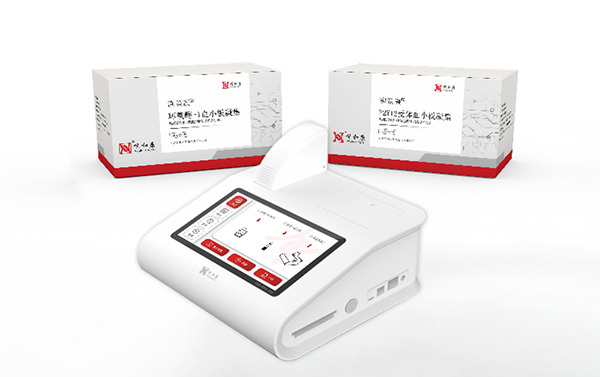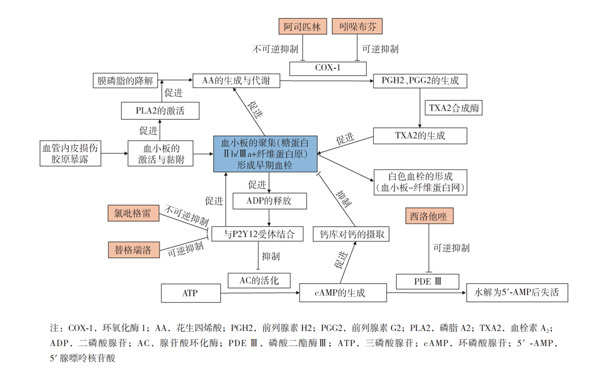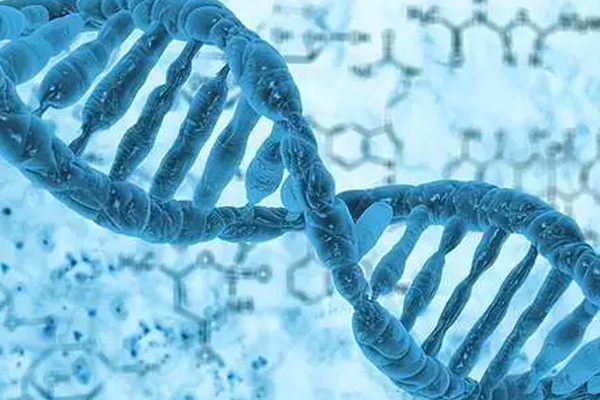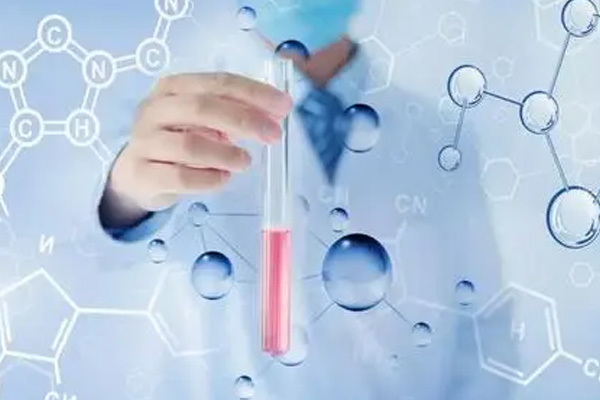What does in-vitro diagnosis mean? What is its function? Overview of industry characteristics
Published:
2024-04-11
In-vitro diagnostics (IVD) is a branch of medical devices involving multiple disciplines such as biochemistry, immunodiagnostics, molecular diagnostics, genetic diagnostics, and translational medicine.
1. In-vitro Diagnostics
In-vitro Diagnostics, abbreviated as IVD, is a branch of medical devices involving multiple disciplines such as biochemistry, immunodiagnostics, molecular diagnostics, gene diagnostics, and translational medicine. Through a unified testing system consisting of clinical diagnostic instruments and accompanying reagents, it performs quantitative or qualitative testing on normal or abnormal body fluids or secretions such as blood, urine, and feces. The results are compared with normal levels to determine whether the human body's functions are normal or abnormal, serving as a basis for diagnosis and treatment. In-vitro diagnostic companies are engaged in the production, development, marketing, service, and application of in-vitro diagnostic instruments. Reagents, standards, consumables, and quality control products together constitute the in-vitro diagnostics industry. Internationally, the in-vitro diagnostics industry, as a sub-segment of medical devices, has a specific regulatory system, such as the U.S. Food and Drug Administration (FDA) and the European Union (EC). In China, except for in-vitro diagnostic products used for blood type screening and matching and those containing radioactive elements, which are subject to drug management, other in-vitro diagnostic products are considered medical devices.
2. The Role of In-vitro Diagnostics
In-vitro diagnostics are a crucial source of clinical diagnostic information, providing important reference indicators for physicians' treatment plans and medication, an indispensable part of the healthcare system for ensuring human health. Furthermore, in-vitro diagnostics play a pivotal role in eugenics, public health, and disease prevention.
3. Characteristics of the In-vitro Diagnostics Industry
(1) High Technological Barriers
The in-vitro diagnostics industry is a typical technology-intensive industry. Product technologies involve multiple disciplines such as mechanical design and manufacturing, computers, microelectronics, clinical medicine, biomedicine, laboratory medicine, materials science, and organic chemistry. It has a high technological content, a long R&D cycle, high R&D funding requirements, high quality control requirements, and complex production processes, making it an industry with high technological barriers.
(2) Strict Market Regulation
The safety of in-vitro diagnostic products is closely related to people's lives and health. Product research and development, product registration certificates, and product transportation are subject to strict legal, regulatory, and policy oversight. To ensure product safety, China's control over production and operation licenses for in-vitro diagnostic products is very strict. In-vitro diagnostic product manufacturers must obtain the "Medical Device Production License" and product registration certificate issued by the State Food and Drug Administration before they can begin production. Companies engaged in the operation of in-vitro diagnostic products must obtain a "Medical Device Operation License" before they are allowed to sell them. Therefore, companies need to spend a lot of time and money to complete product development, product registration, and clinical verification, which makes market regulation very strict.
(3) High Capital Threshold
Strict quality control of in-vitro diagnostic products and long product development cycles place high demands on factory building standards, equipment, and processes. Companies need to complete product registration and obtain production and operation licenses, as well as domestic and international quality system certifications, before production can begin. This requires enterprises to invest a significant amount of capital in production facilities, product R&D, talent reserves, equipment procurement, and process flow.
(4) High Demand for Talent Reserves
The in-vitro diagnostics industry is a knowledge-intensive industry with a high dependence on talent. It takes at least two years or more for in-vitro diagnostic companies to cultivate a product R&D personnel with rich product R&D experience and innovation capabilities, and the cost of introducing experienced personnel is also very high. Retaining talent is crucial for the rapid iteration of the company's production technology and the sustained development of R&D capabilities.
Keywords:
Learn more about industry trends












